Up Next

With Formula 1’s cost cap set to be lowered to $145million from the original $175m when it’s introduced next year, there will be a lot of teams scribbling quick recalculations on the back of an envelope to decide what to spend their money on from the start of 2022.
To understand how they might structure their spending, I’m going to set up my own imaginary F1 team – there’s no way I’m going back to a real one – and share out the $145m in the way that will put it in the best position to succeed. This budget will have to cover both the running of the existing car in 2021 as well as the design of the new car for the new regulations in 2022.
Before we can start spending all of this money, we have to work out what the cost cap covers. The F1 Financial Regulations, like all FIA rule books, are the size of a small telephone directory and there’s lots of detail in there for the accountants to bean-count their way through.
What they do say is what isn’t included. So the $145m doesn’t have to cover your driver and related costs or marketing activities. It also doesn’t include the three highest-paid personnel – as technical director, perhaps I’ll make myself one of those with a nice big paycheque!
Also excluded are heritage activities (such as demonstration runs with old cars), finance costs, corporate income tax, non-F1 activities, property costs, personnel bonuses, the power unit deal laid out as a maximum of €15m and any fees, such as for entry, paid to the FIA or F1 itself. We also don’t have to worry about flight and hotel costs or legal expenses.
No matter how much that lot adds up to – and it’s going to be plenty – if you’re financially sound enough to employ Lewis Hamilton or Max Verstappen to name but two you are immediately at an advantage to a smaller team without those sort of ‘excess’ financial resources. So this spend is all on top of the $145m, which at today’s exchange rate is £116.5m, that we’ve got to spend on actually designing, building and running the car.
The first task will be to have a look at the opposition. F1 teams are set up in different ways. If we take Red Bull, which has around 800 people on its books (not including the top three earners), and AlphaTauri with probably 400, it gives us an idea of how two teams at different ends of the staff scale will fare.
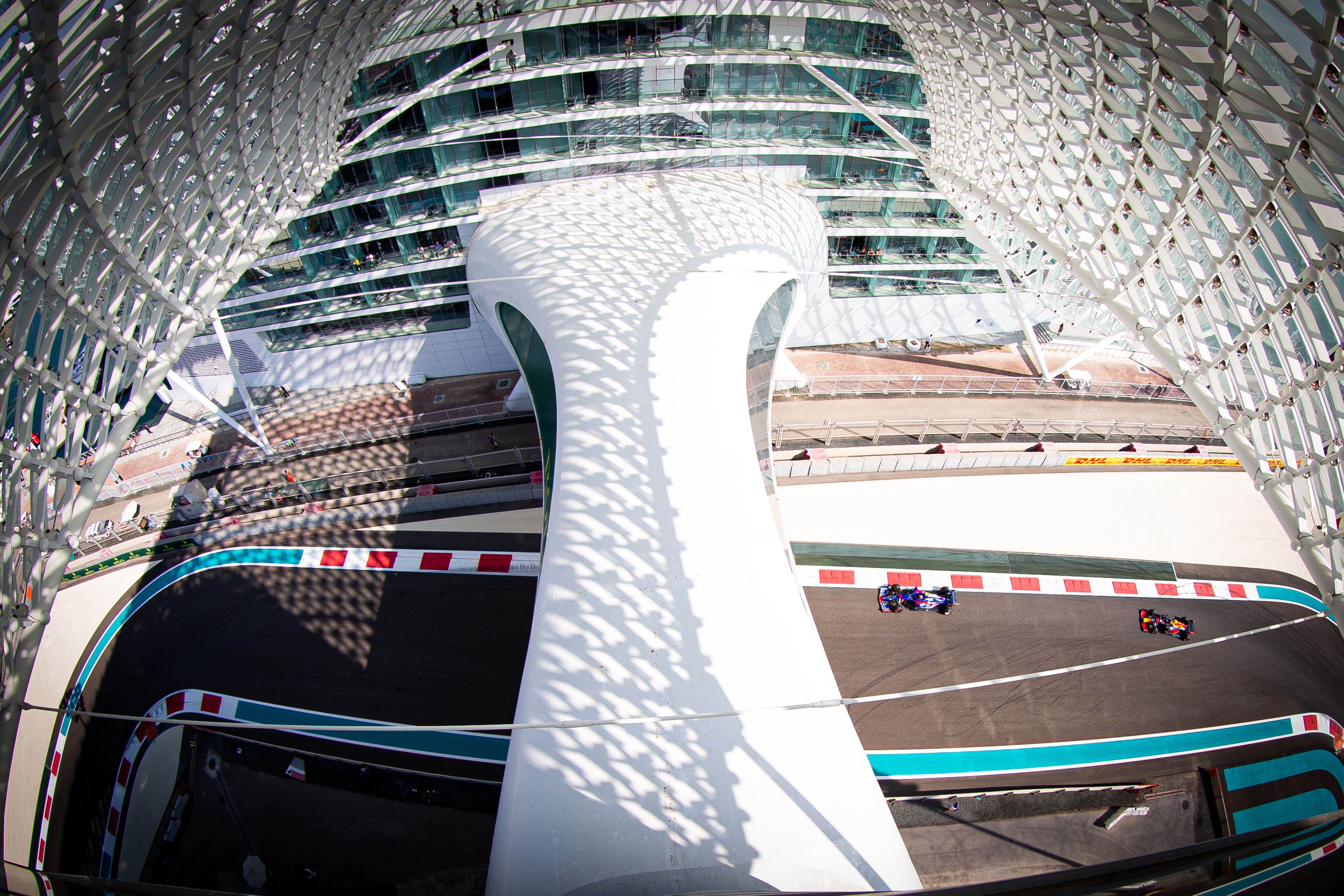
In the past, when we were looking at an expansion of personnel we would take our current wages overhead, divide that by our headcount and that would give us a figure. If you are expanding, you will need people at various different levels of experience and in those days it was around £50k per head. That was for all staff, and 20 years ago, so I will assume that by taking out the three big earners the £50k will still have increased to £60k now.
For a team of 800 people, the wage bill would be £48m or roughly 41% of your cost cap. For AlphaTauri, £24m or 20.5% so that’s a vastly different level of expenditure on staff overheads.
In terms of staff, what do teams really need to allow them to design, research, manufacture, build, develop and race a current F1 car? And why does each department require these staff levels?
DESIGN TEAM = 200 staff, or £12m
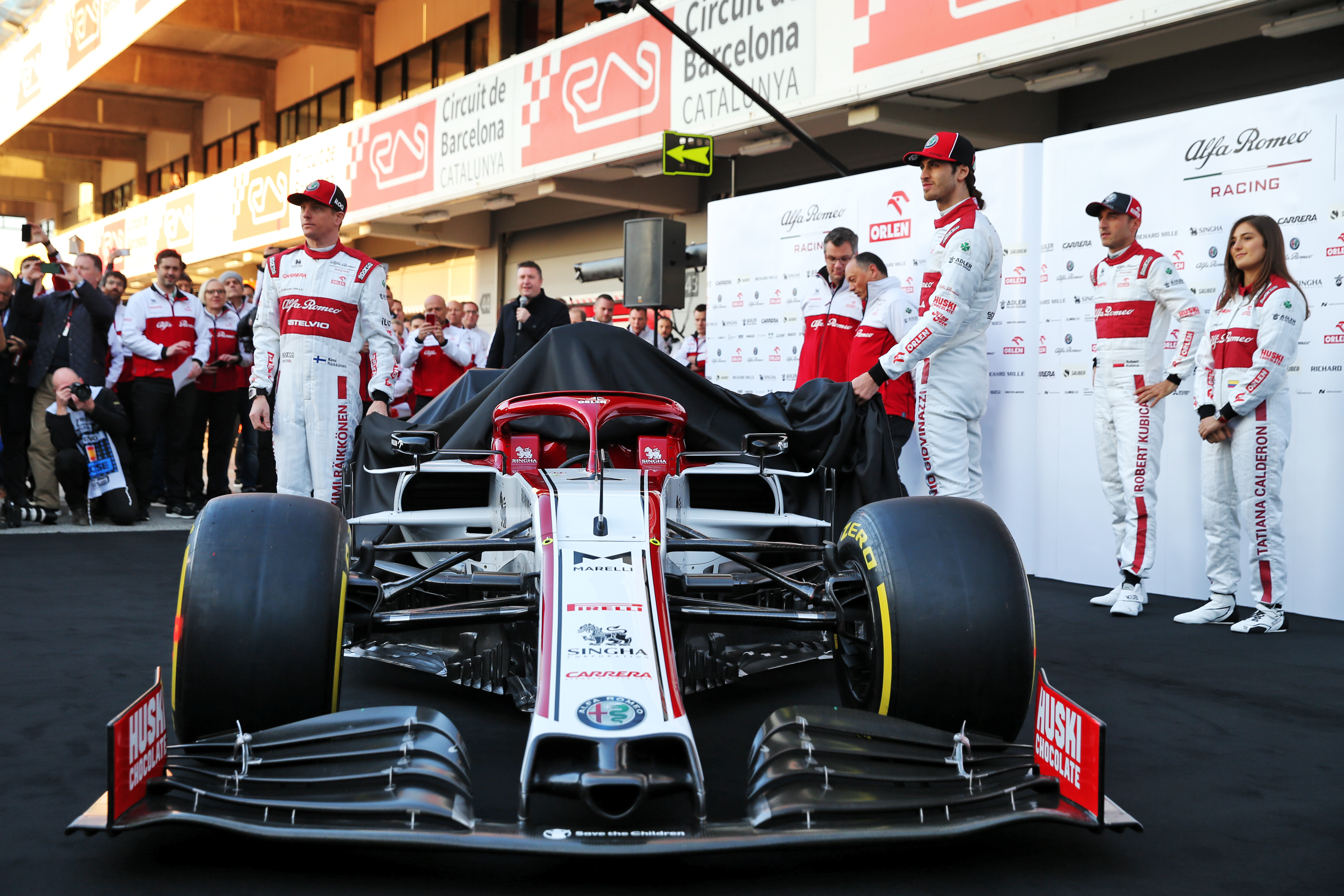
Unless you intend to use the Haas model and use an outside design team like Dallara, you will need the staff in-house to do the job.
I imagine that, between mechanical and aerodynamic design, a decent-sized team would require around 200 people, a far cry from when we started designing the Jordan 191 with three people. These could be split around 50/50 across aero and mechanical.
We hear on many occasions that there are 4000 or more components in an F1 car, so to make all of these properly and maximise the attention to detail you need the people to do it. The Haas model could actually be even more expensive as the outside company can only make it work by making a profit on what it does for its customers, whereas a team can operate for itself at cost.
This is the one area that will make or break any team. Do the job properly and the whole organisation will be successful, bring in prize money and sponsor cash. Do it badly and both will be reduced dramatically.
One of my many sayings to Eddie Jordan was ‘if we do a good job the sponsors will ring you, do it badly and they won’t answer your calls’. Unfortunately, at Jordan our financial director didn’t like spending money on development. His philosophy was ‘if it’s in the bank it’s best to keep it there’.
RESEARCH AND DEVELOPMENT = 100 staff or £6m (Running total: 300 staff, £18m)
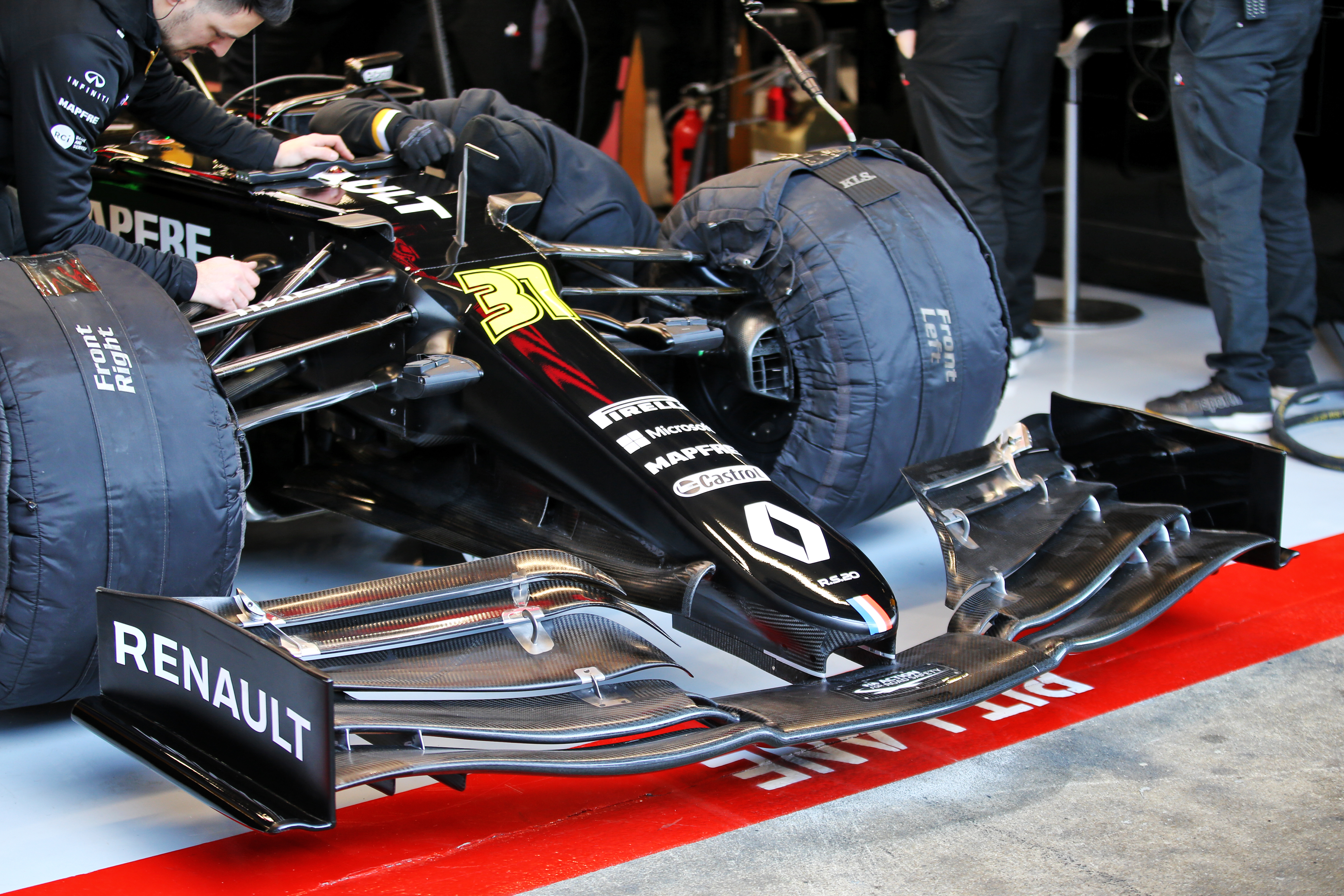
Designing something is a waste of time and money if you don’t have the research and development team to back it up. The R&D capacity would comprise windtunnel operators, model makers, tunnel operatives, mechanical structural testing, component rig testing and the various crash and impact tests that the regulations demand.
This group would consist of around 100 people. R&D is an ongoing requirement and everything, be it aerodynamic or mechanical, is constantly being optimised. We normally call it development, but I think optimisation is a better word as you can make the same thing do its job better. It doesn’t always have to be different.
ELECTRICAL AND ELECTRONIC = 100 staff or £6m (running total: 400 staff, £24m)
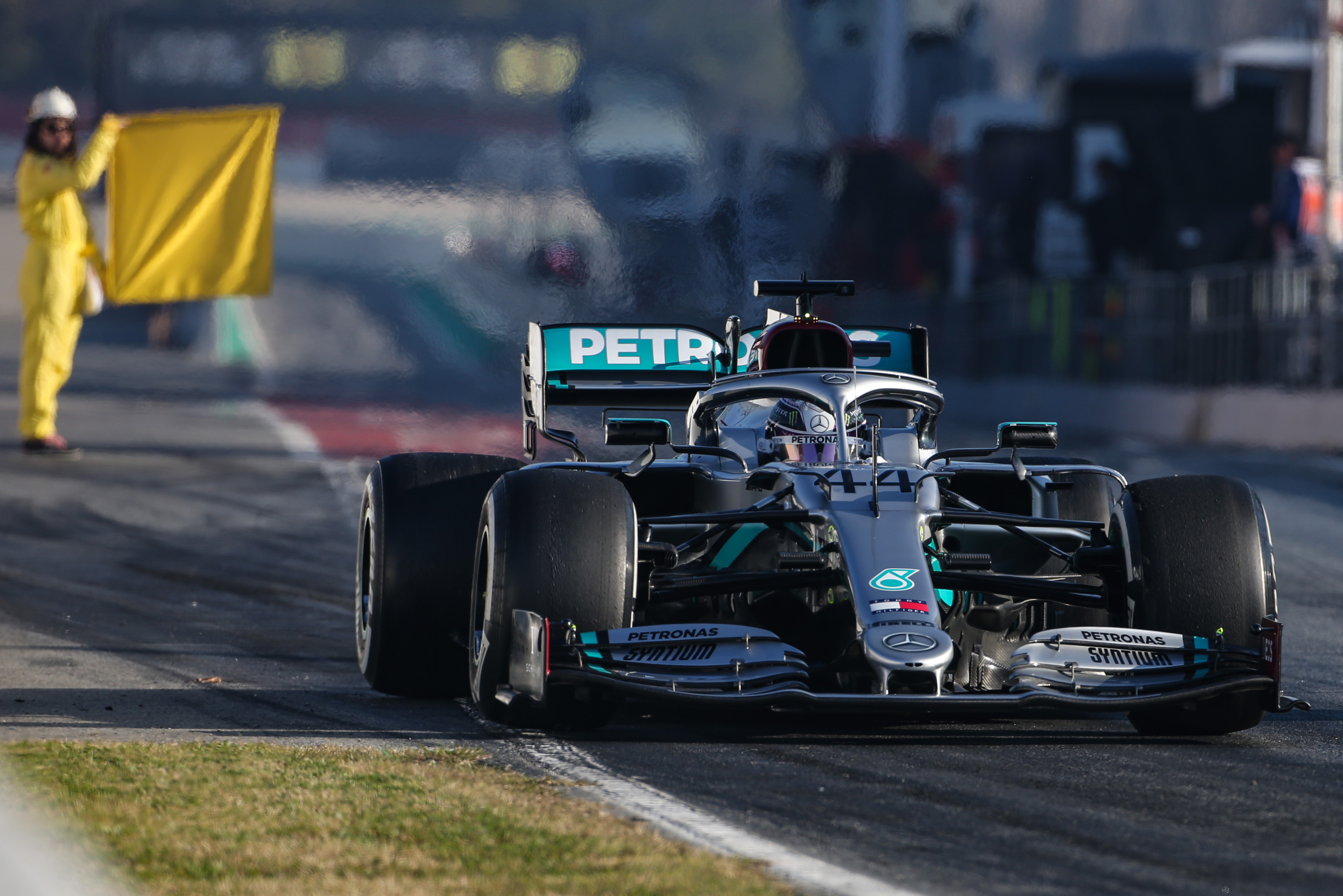
This group is responsible for the implementation of the electronic and electrical systems on the car during its design and build, the location of something like 200 sensors that will measure everything that moves or has positive or negative pressure in it.
On top of that they will build and operate the required simulation tools and equipment that is so critical to efficiently running a current F1 car – basically we have got to the point where if this area has a glitch then the car sits in the garage.
If it runs OK then this group is responsible for analysing the data to improve the car’s performance, receiving data from the track and using it in the simulation tools, cross referencing track data with windtunnel data to then give the aerodynamicists direction for future development.
MANUFACTURING AND INSPECTION = 200 staff or £12m (Running total: 600 staff, £36m)
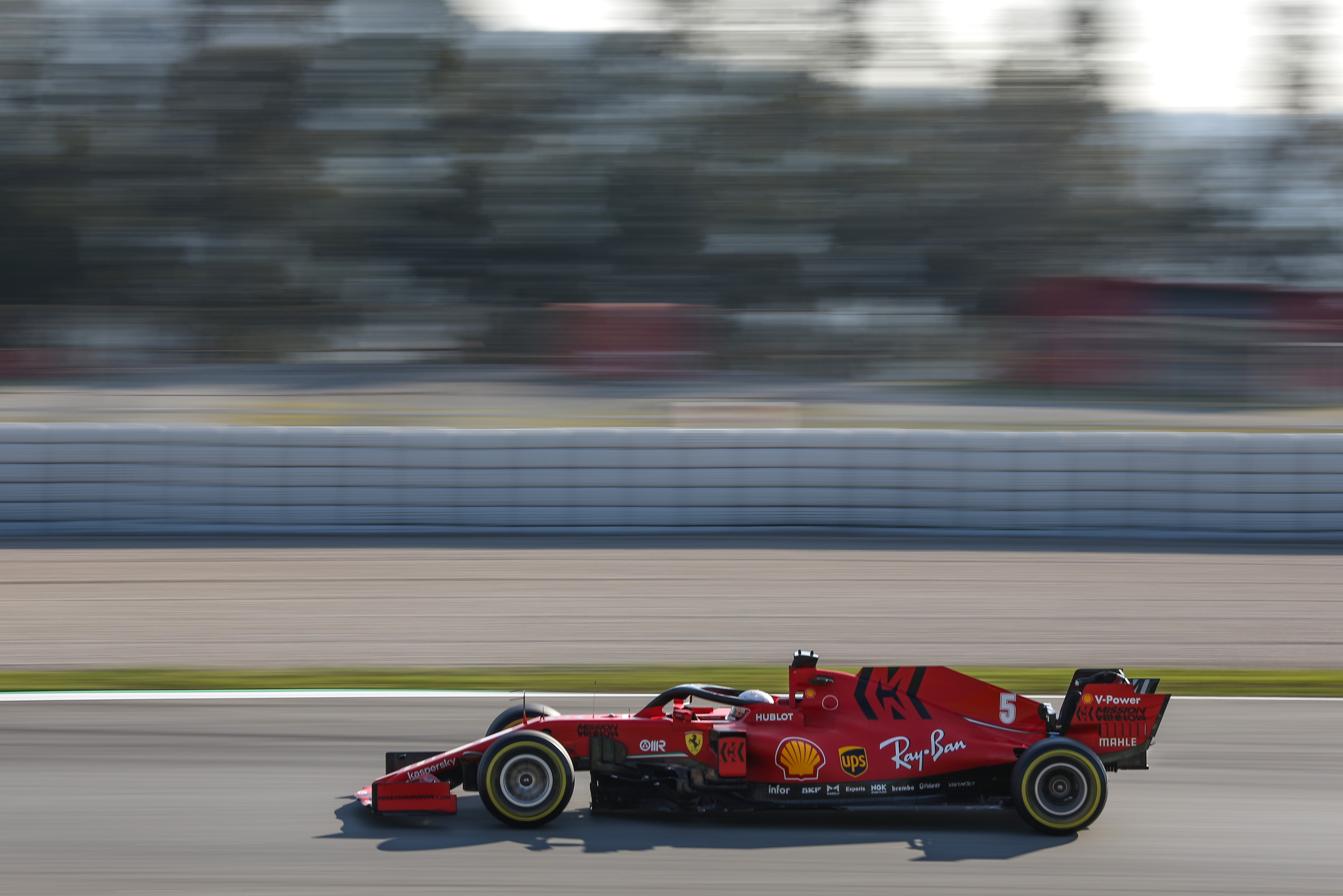
This is one area that would vary dramatically from team to team. Many teams have spent a lot of money here over the last few years, both in terms of machines and personnel. If you can do it all in house then you reduce your response time from design sign-off to the components being on the car at the track.
If you have a major percentage of your manufacturing done by outside companies then your staff levels will be lower and your expenditure on machines lower, but your reaction time will be longer and your component cost higher. As with the Haas model I talked about above, these outside manufacturers need to make a profit otherwise they won’t be around long.
Making all these parts can again be a waste of time and money if there are faults in the manufacturing, so no matter if your manufacturing is in-house or outside a comprehensive inspection department will be in place to check the specification of each and every component.
One of the main areas of expense here is the management side of manufacturing. This needs to be done on a micro scale. It only takes one part missing from the jigsaw to render the complete jigsaw a waste of time, so daily – if not hourly – management is necessary.
SUB-ASSEMBLY = 100 staff or £6m (Running total: 700 staff, £42m)
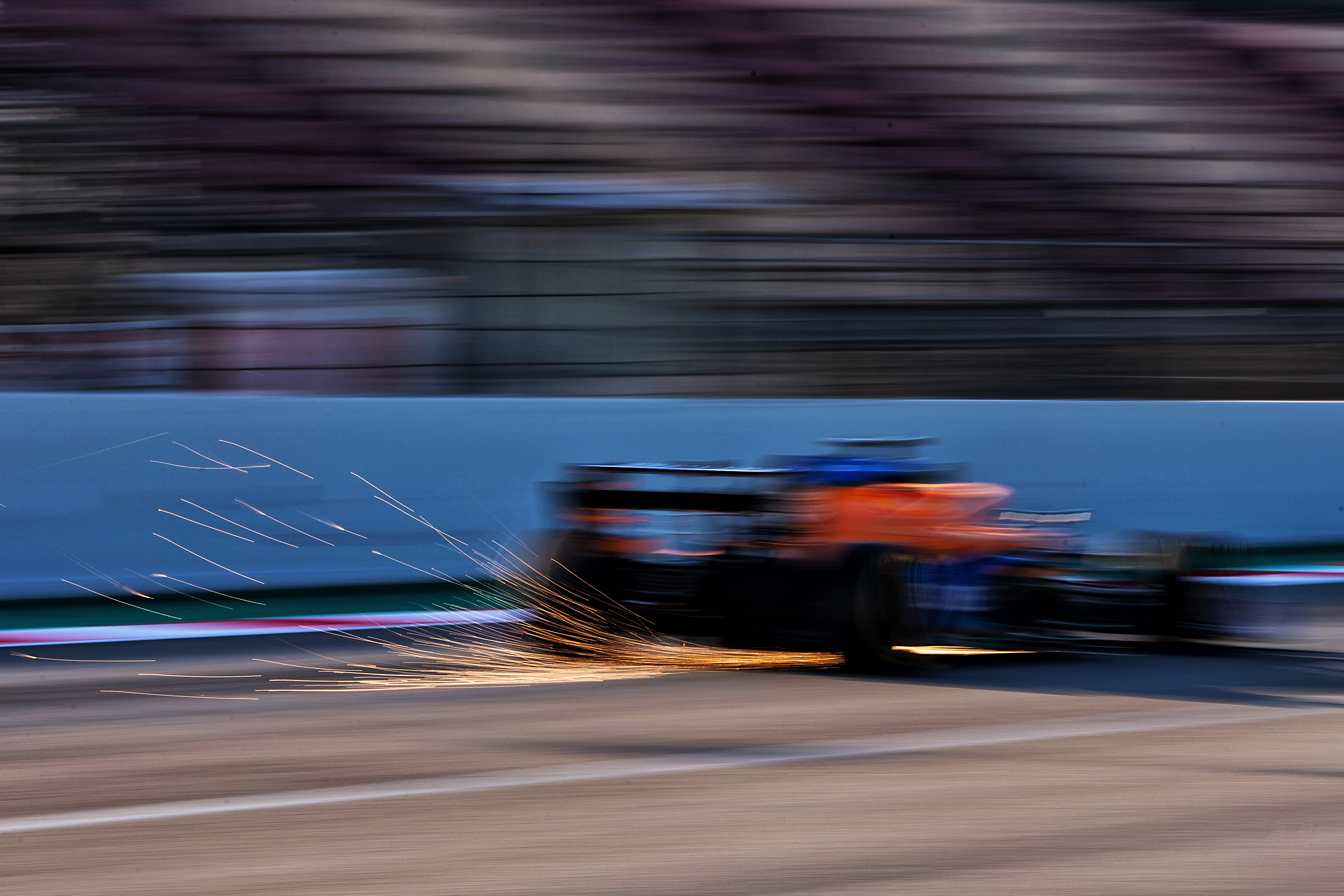
These days, everything is built in a controlled environment called sub-assembly. Basically, this area will have all the special press tools or assembly tools required to build everything to a consistent specification.
They will be responsible for gearbox build, front and rear upright assemblies, driveline assembly, steering racks, hydraulic manifold assembly – anything and everything that are assemblies of more than one component. These parts will then be rig tested, or in effect run in, to make sure they function correctly.
RACE TEAM = 100 staff or £6m (Running total: 800 staff, £48m)
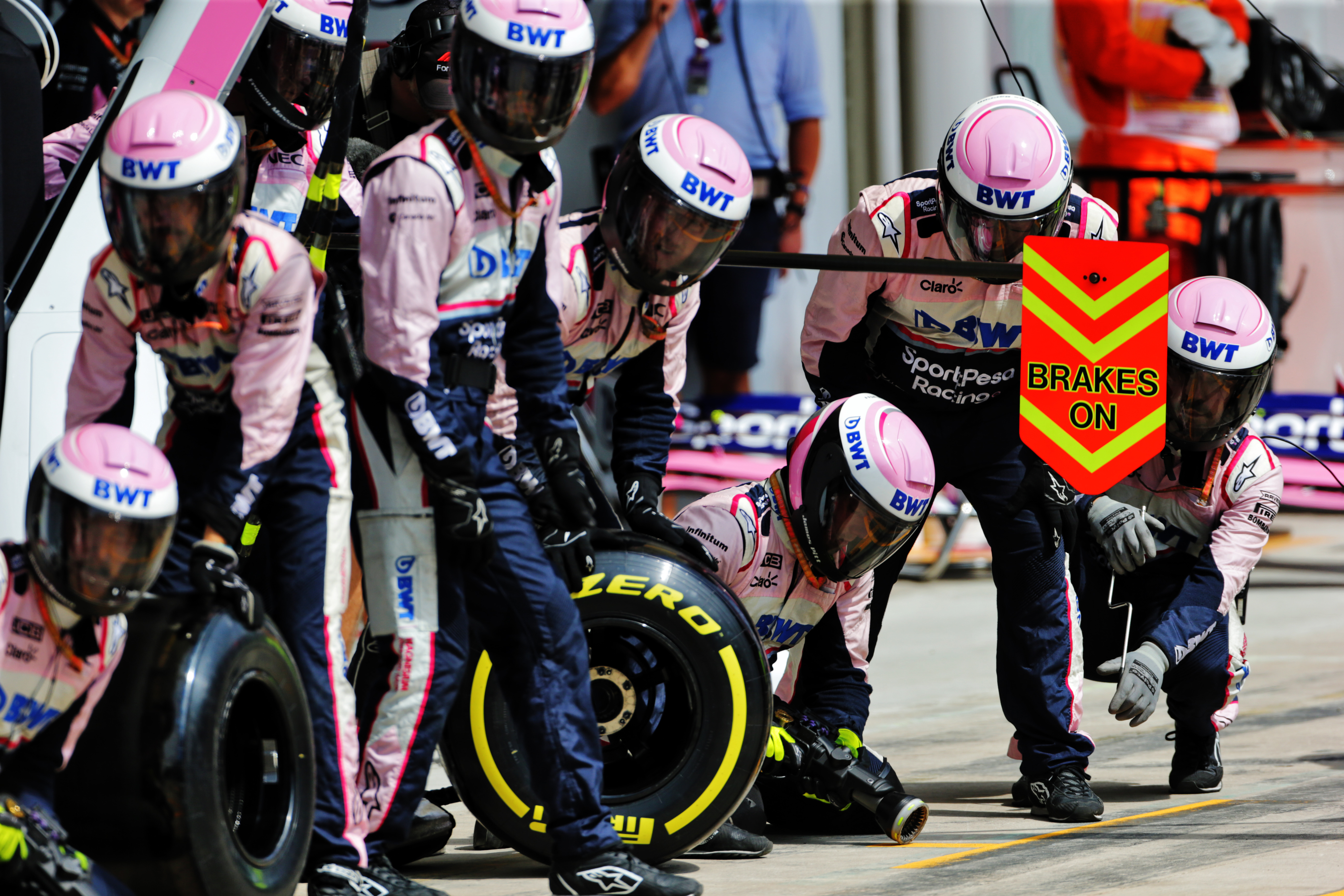
This is made up of mechanics, electronics engineers, tyre engineers, race engineers and the hard working people who get everything set up at the track and then look after the tyres. So generally everyone that travels to and from the races.
The rules allow each team to have 60 personnel involved with the operation of the car for each race meeting, so this number covers that, plus upper management, the commercial department and all the many people involved in work not related to the car.
CAR BUILD = £30m (Running total: £78m)
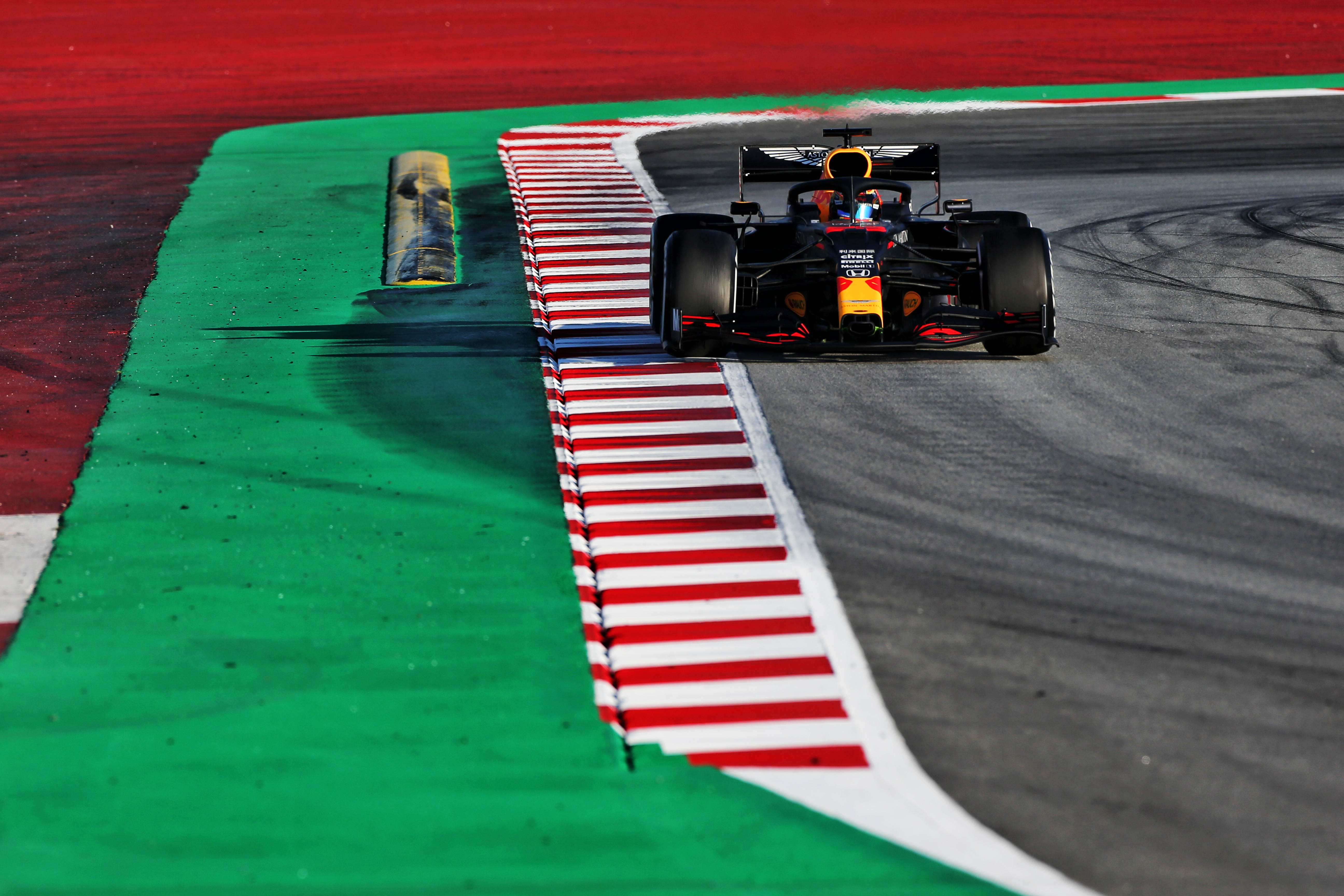
This is the component cost for the season for the build of two cars with all spares with some normal development stages where different later-spec components replace high-life components.
This is based on 20 races and should cover at least some crash damage – but it depends who you’ve got driving for you as that can have a big impact on the cost.
DEVELOPMENT = £10m (Running total: £88m)
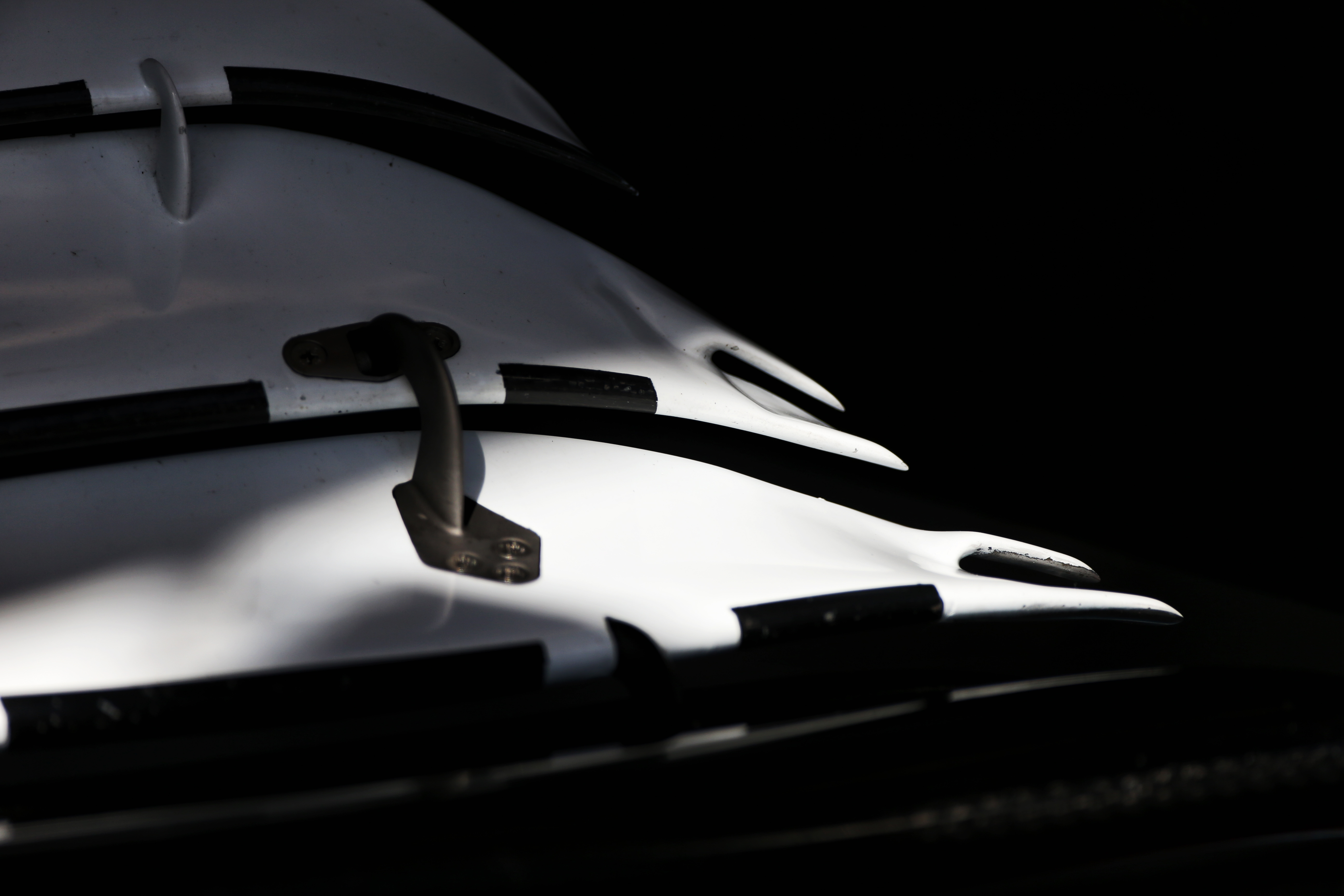
When it comes to development, it’s a case of how long is a piece of string? If you have it, you will spend it so I’m simply taking a budget of £0.5m per race. I never had anything like this in my time and, if I had, I wouldn’t have a clue how to spend it.
But if you take a current front wing, a complete replacement is around £125,000. If it is a new design, it will cost that for the new moulds and tooling so for the first wing it’s £250k, plus the fact you will want three more – so two per car which will end up costing £625k for just the front wing development alone.
So all of this adds up to 800 staff and a spend of £88m, leaving £28.5m for all the other stuff that’s include in the cost cap that isn’t directly technical spending.
Running a windtunnel isn’t cheap, so when running the hand on the electricity meter will be spinning at a reasonable rate. That’s still a lot of money and it would take forever to go into all this in detail but it is unfortunately the window of potential difference between a big team and a small team spend – which means we will still have the divide between them that have and them that don’t. It is also the main reason that Zak Brown, head honcho at McLaren was, and still is, pushing for a lower cost cap.
I think it’s safe to say finding that sort of budget for a small team will be no easy task and complying with the limit for a big team will be just as difficult. So whether you are a small team trying to spend more or a large team trying to spend less, it’s going to create a real challenge.
If you benefit from technology transfer of non-listed parts with another team, i.e. AlphaTauri with Red Bull, Haas with Ferrari or Racing Point with Mercedes, than your design, R&D and electronics staff levels can be less than the big teams. But your costs are not going to change much.
As a matter of fact, I can assure you that the component cost for a part purchased from a team like Red Bull, Ferrari or Mercedes will be getting on twice the price of one designed and built by a team like AlphaTauri, Haas or Racing Point.
Overall your cost for the season could just about break even as you don’t have the design and research overhead for those individual components. But you have to remember you have also lost the expertise and experience to make these parts yourself.
As I have said many times, I would have liked the cost cap to have stayed at the $175m but to have included all expenditure without exemptions. Also even with all the rulemakers’ financial bods scrutinising each team’s expenditure I don’t know how you stop a small or even big group of people at – for instance – Mercedes’ head office in Germany ‘thinking’ about something like DAS and then passing their thoughts over to someone from the race team when they are having a pint down the pub one evening.





